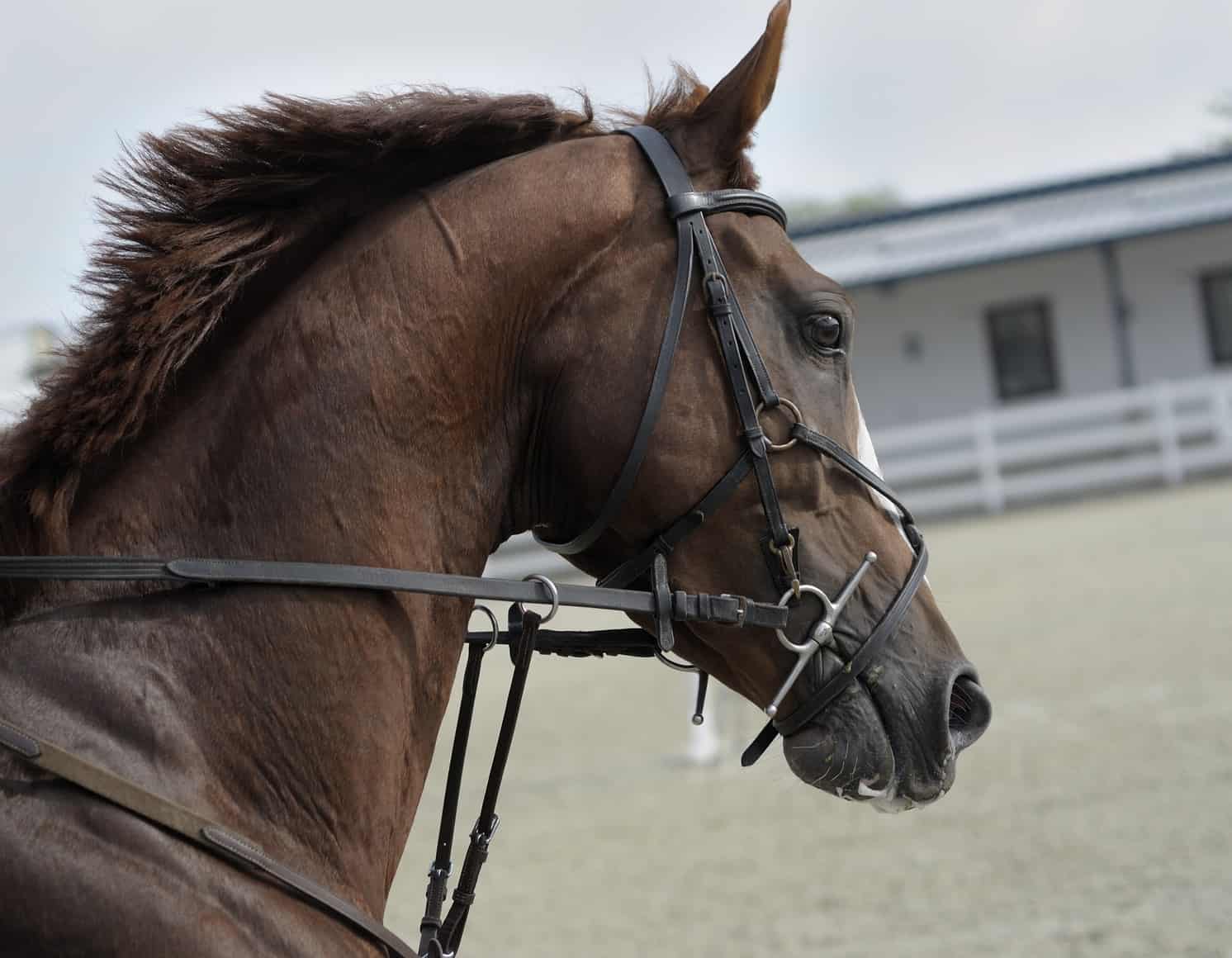Horse riding, a practice steeped in tradition and celebrated in various cultures, evokes a mélange of sentiments among enthusiasts and critics alike. The debate surrounding its ethical implications stirs passionate discussion. On one side, riders extol the virtues of the bond formed between horse and rider, enshrining this partnership in the lore of human-animal interaction. Conversely, animal advocates question the morality of imposing human will on a sentient being, prompting a closer inspection of what constitutes animal cruelty in this context.
At its core, the question of whether horse riding equates to animal cruelty hinges on the treatment of the horses and the conditions under which riding occurs. Proponents often cite the diligent care and affection that many equestrians provide to their horses. They argue that riding promotes physical well-being, cognitive engagement, and emotional enrichment for the animals. A horse that is regularly exercised through riding can experience enhanced muscle tone and improved cardiovascular health, which are often regarded as beneficial for their overall quality of life.
However, the relationship between horse and rider can be far more complex. Critics contend that many equestrians fail to recognize the inherent autonomy of horses. Critics also emphasize that the very act of riding can impose physical strain on these animals, particularly when combined with inadequate training and poor riding practices. For instance, improper bit usage can lead to painful and distressing experiences for the horse, prompting a valid scrutiny of the riding methodologies employed by many in the equestrian community.
Moreover, one cannot ignore the conditions under which many horses are kept. The debate about horse riding frequently intersects with discussions about stables, living environments, and the often confining nature of equestrian facilities. Horses are naturally inclined to roam, graze, and socialize in expansive spaces. When confined to stalls or small enclosures with limited opportunities for freedom of movement, their physical and mental health may suffer, leading to conditions such as stable vices, which exhibit signs of distress or boredom. Critics argue that these environments can hardly be considered humane, sparking a necessary reflection on the ethics of horse ownership and riding.
As praiseworthy as the effort is to bond with horses, it is crucial to analyze the intent behind traditional riding practices. Historical contexts reveal that horseback riding has often been tied to power dynamics, dominion, and control, which could easily morph into a form of exploitation. Horses have served as tools for warfare, labor, and entertainment throughout history. This historical light casts a shadow over contemporary equestrian activities, suggesting that some of the same attitudes toward domination may still linger in modern riding practices.
Interestingly, the fascination with horseback riding transcends mere utility; it delves into realms of fascination and admiration. From the storied imagery of knights galloping into battle to the pastoral scenes found in classical art, the horse has long symbolized grace, strength, and beauty. This storied allure can entice any onlooker, binding audiences to the romanticism associated with horse riding. Nonetheless, this fascination raises poignant questions: is an emotional connection enough to justify activities that some see as exploitative?
Many riders self-identify as animal lovers and take pride in their commitment to the ethical treatment of their horses. They communicate openly about the need for proper training techniques, nutritional needs, and regular veterinary care. Many riders strive to foster a collaborative partnership with their equine companions, embracing a philosophy that emphasizes respect and understanding. Such perspectives highlight the importance of education and awareness in informing riding practices, advocating for a responsible approach to horsemanship that honors the horse’s innate characteristics.
Conversely, the equestrian world also includes instances where horses are pushed beyond their limits for competitive gain, raising profound concerns about the implications of sport over welfare. The pressures to perform can lead to overtraining and injuries, resulting in the need for a critical discourse on the ethical ramifications of equine competitions. The plea for reforms in equestrian sports champions a narrative shift—one that prioritizes the welfare and autonomy of the horse as paramount, even within competitive contexts.
Advancements in veterinary science and husbandry have opened pathways for improved equine care, yet this progress must be coupled with an ethical framework that scrutinizes riding practices. Initiatives promoting natural horsemanship resonate with a growing number of equestrians who advocate for empathy-based training methodologies as alternatives to dominance-based approaches. This paradigm shift emphasizes the need to understand horses as intelligent beings deserving of respect, challenging traditional practices while embracing innovative training techniques that honor their welfare.
The dialogue surrounding horse riding and animal cruelty embodies a multitude of perspectives that merit attention and consideration. This intersection of fascination, ethics, and the age-old bond between horses and humans calls for an introspective evaluation of what it means to ride. As society progresses, a collective responsibility emerges to ensure that the equine experience is characterized by compassion rather than oppression. The critical examination of riding practices, stemming from both riders and critics, serves as a vital step toward fostering an environment where equestrian pursuits align with the inherent dignity of these magnificent creatures.
In conclusion, while horse riding may remain a passionate endeavor for many, it is imperative to confront the underlying nuances of this activity. The discourse must encompass the realities of horse welfare, training ethics, and the historical contexts shaping human-animal relationships. Through compassionate understanding and thoughtful reform, a future can emerge where the equestrian experience is mutually beneficial, uplifting the essence of both horse and rider.









